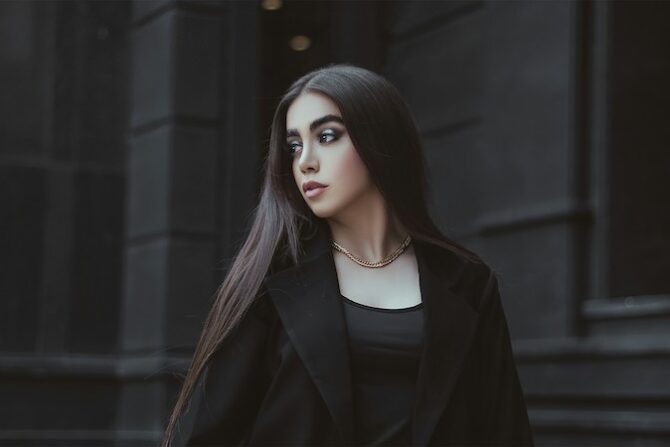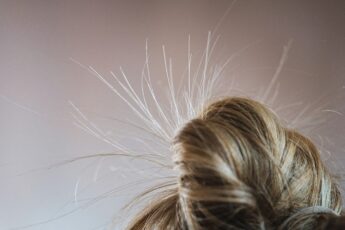Have you ever stood in front of the mirror, looked at your hair, and thought, “Why won’t you just do something?”
No curl, no volume, no waves. Just there. Flat. Straight. Shiny, maybe a little oily — but no drama.
If that sounds familiar, you might be one of the few people with the rarest hair type out there. And no, rare doesn’t mean “fancy” or “better.” It just means… less common. You don’t see it in product ads. You don’t hear people talk about it on hair forums. And it often doesn’t get the attention it deserves.
Let’s change that. If you’ve got this type of hair — or think you might — you’re in the right place. I’ll walk you through what makes it different, what it actually feels like, and how to take care of it without frying it with heat or burying it under heavy products.
Table of Contents
What Makes a Hair Type Rare?
Before jumping into the rarest hair type, it helps to zoom out a little. Most hair types fall into four main categories:
- Type 1: Straight
- Type 2: Wavy
- Type 3: Curly
- Type 4: Coily
Each of those has subtypes too. For example, wavy hair could be 2A, 2B, or 2C depending on how defined the waves are. Same with curls and coils.
But there’s one little corner of the chart that barely gets talked about: Type 1A.
It’s not flashy. It doesn’t form waves. It doesn’t hold volume. And it’s often misunderstood.
Rare doesn’t mean difficult. It just means different. You won’t see a ton of influencers talking about it, but that doesn’t mean it isn’t out there — or that it doesn’t need its own kind of care.
The Rarest Hair Type: Type 1A
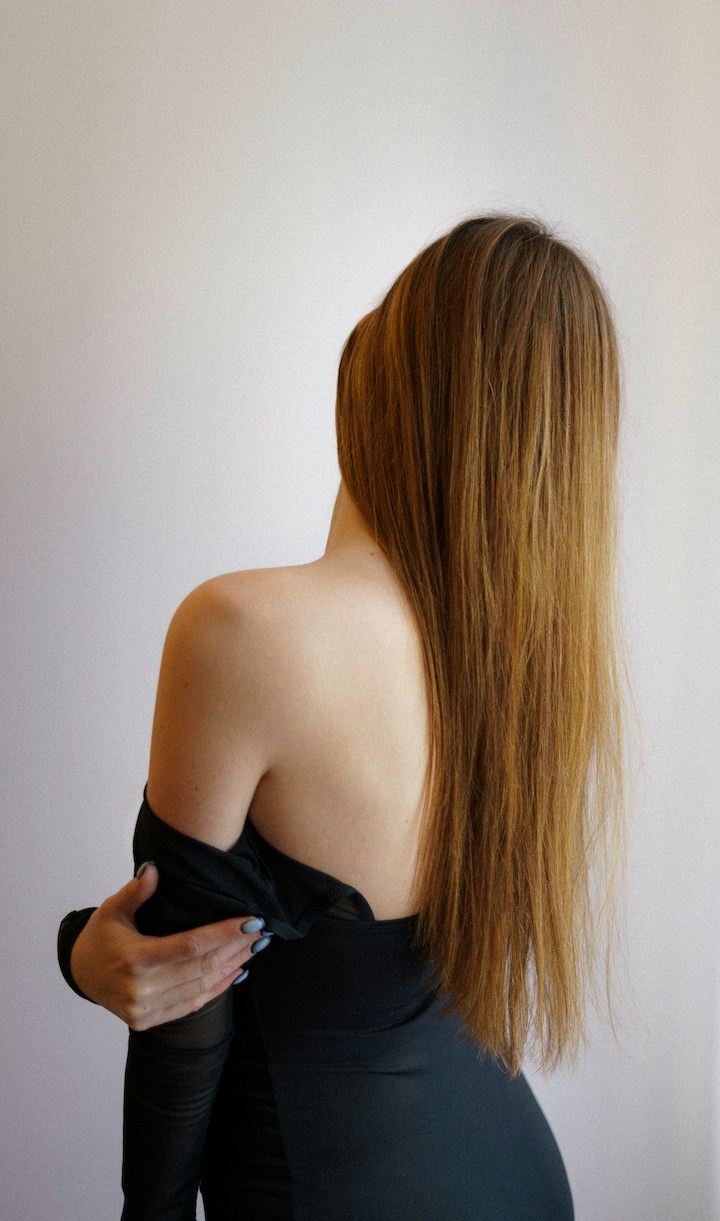
Let’s get straight to it (literally): Type 1A hair is the rarest hair type.
It’s completely straight. Not “I straightened it with a flat iron” straight — we’re talking bone-straight with no natural wave, bend, or curve. Think of a silk ribbon. That’s 1A hair.
What it feels like:
- Super smooth and soft
- Slippery to the touch
- Fine in texture
- Shiny even without product
It’s naturally light and falls straight down without doing much else. It doesn’t puff up in humidity. It doesn’t frizz the way curls might. It just sits there, quietly.
Why it’s rare:
Type 1A hair is most commonly found in people of East Asian descent. Even then, it’s not super common. Most people have at least a little bend in their strands. But 1A? That’s a straight shot from root to tip.
You probably won’t see many tutorials about it. And when people do have it, they often don’t even realize it because there’s not much definition to work with. It just looks… plain. But plain doesn’t mean boring. There’s something peaceful about hair that doesn’t scream for attention. You just need to learn how to work with it, not against it.
How to Know If You Have It
Not sure if your hair fits the 1A description? Let’s break it down with a few signs that might point you in that direction.
You might have 1A hair if:
- Your hair doesn’t hold a curl no matter what you do. You can curl it for hours and it’ll go straight within minutes.
- Your hair is always shiny. Not from product — it just naturally reflects light.
- You deal with oiliness quickly. Sometimes even a few hours after washing.
- Your hair slips out of hair ties and clips. No matter how tight you wrap them.
You can also try a simple test:
- Wash your hair at night, don’t put any product in it, let it air dry completely, and check it the next morning. If there’s zero wave and it lays completely flat, you’re probably dealing with Type 1A.
It’s easy to think you have fine or limp hair, but this is something else entirely. This hair type isn’t weak — it just needs a different routine.
You Can Also Read: The Rarest Hair Color in the World (And What It Says About You)
Common Struggles With Type 1A Hair
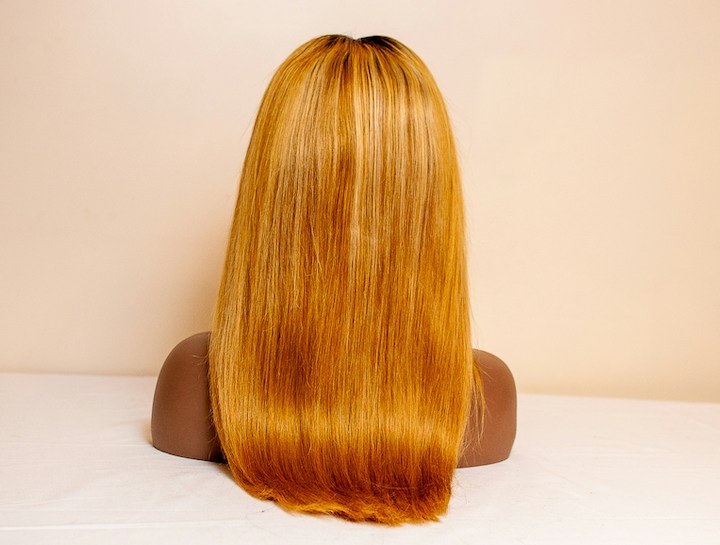
Let’s be honest: this hair type isn’t “low maintenance.” It just has different needs. And if you’re trying to follow advice for curls or volume-heavy hair types, you’re probably making things harder for yourself.
Here’s what usually shows up:
- Oiliness: Your scalp’s natural oils slide straight down your hair shaft. That makes your hair greasy fast.
- No volume: Because it’s so straight and light, it tends to lay flat against your scalp.
- Slippery strands: Braids fall out. Bobby pins don’t stay. Updos collapse.
- Overwashing: In trying to deal with the oil, you might be washing too often, which only makes things worse.
You’re not alone if you feel like no style sticks or lasts. That’s not your fault. It’s just your hair doing what it naturally does.
Also Read: Dyson Supersonic Hair Dryer Review: Is It Worth the Hype?
How to Care for It Without Harsh Products
Let’s ditch the heavy products and complicated routines. You don’t need to overload your scalp to control oil or volume. What you really need is a simple, gentle approach.
Here’s what I’ve learned works best:
1. Keep your scalp balanced.
- Don’t overwash. Try washing every other day or every third day.
- Use a mild, sulfate-free shampoo that won’t strip your scalp.
2. Avoid heavy conditioners.
- Stick to lightweight, water-based conditioners.
- Only apply to the ends — never the roots.
3. Say yes to natural oils — but only on the tips.
- A drop of argan or jojoba oil on dry ends helps with shine without making the roots greasy.
4. Let it air dry.
- Blow drying can strip away your natural shine and cause unnecessary frizz.
- Air drying keeps things calm and soft.
5. Use the right brush.
- A boar bristle brush helps spread your natural oils from scalp to tip.
- Avoid plastic brushes that create static.
6. Sleep on satin or silk.
- Cotton pillowcases absorb oil and cause friction.
- Satin or silk helps your hair stay smooth overnight without tangles.
You don’t need to fight your hair. You just need to understand it.
Styles That Work Best With Type 1A Hair
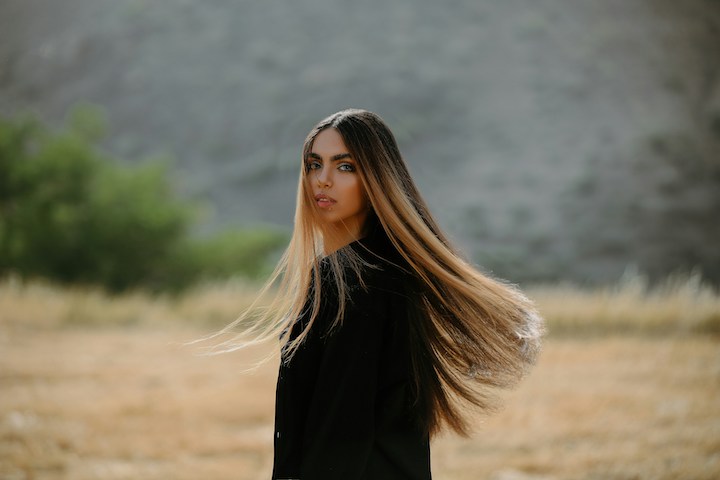
When you stop forcing your hair to do what it doesn’t want to do, it becomes easier to find styles that actually look and feel good.
Here’s what usually works well for this type of hair:
- Blunt cuts: A straight, clean cut gives your hair structure.
- Soft layers (but not too many): Too many layers make it look thinner.
- Low ponytails and sleek buns: These play to the hair’s natural smoothness.
- No-heat waves: Try sleeping in two loose braids or twist buns overnight for a soft bend.
You won’t get tight curls without a curling iron (and even then, they won’t last), but you can still play around with texture in small, natural ways.
What Not to Do With Type 1A Hair
Sometimes it’s not what you do — it’s what you stop doing.
Here’s what I’ve learned to skip:
Don’t use dry shampoo every day.
- It clogs the scalp and makes oiliness worse over time.
Don’t wash your hair more than needed.
- Your scalp starts to overproduce oil when it’s stripped too often.
Don’t go crazy with mousse or volume sprays.
- They weigh your hair down and don’t do much long-term.
Don’t tie your hair too tightly.
- Tight ponytails or buns can cause breakage at the crown.
Less is more with 1A hair. And that includes styling products, washing, and heat.
Check Out: How to Fix Hair Dye Disasters at Home
Embracing What You Have
Let’s be real — it’s easy to want what you don’t have. Wavy hair looks fun. Curly hair looks full. Coily hair looks bold. But here’s the thing: your hair doesn’t need to bounce or spiral to be beautiful.
When you stop trying to “fix” your hair and just care for it as it is, everything shifts. You feel more at ease. You stop stressing over volume. And you realize that soft, straight, silky strands have their own quiet charm.
Type 1A hair might not hold a curl, but it shines without effort. It might not be big, but it’s smooth and peaceful. And honestly? That’s something worth celebrating.
Frequently Asked Questions
Is Type 1A hair always oily?
It tends to get oily quickly because the natural oils move straight down the hair shaft. But that doesn’t mean you have to overwash. Balancing your wash routine and using the right products can help manage it.
Can I curl Type 1A hair without heat?
You can try, but the curls likely won’t last long. No-heat methods like braiding or soft foam rollers might give you a gentle bend, but don’t expect dramatic curls.
What’s the difference between 1A and 1B hair?
1A is stick-straight with no wave at all. 1B might have a slight bend or body to it. If your hair has even a little wave or volume, it’s probably 1B.
Should I use conditioner if I have Type 1A hair?
Yes, but keep it light. Only apply it to the ends, and make sure it’s not a heavy or protein-rich formula. Your scalp doesn’t need it, but your ends still do.

